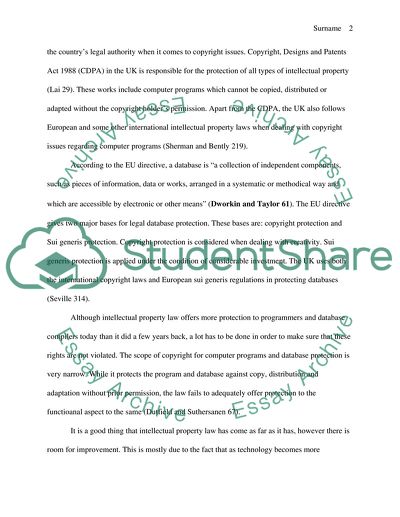Cite this document
(Information Technology Law Dissertation Example | Topics and Well Written Essays - 2750 words, n.d.)
Information Technology Law Dissertation Example | Topics and Well Written Essays - 2750 words. Retrieved from https://studentshare.org/law/1740727-information-technology-law
Information Technology Law Dissertation Example | Topics and Well Written Essays - 2750 words. Retrieved from https://studentshare.org/law/1740727-information-technology-law
(Information Technology Law Dissertation Example | Topics and Well Written Essays - 2750 Words)
Information Technology Law Dissertation Example | Topics and Well Written Essays - 2750 Words. https://studentshare.org/law/1740727-information-technology-law.
Information Technology Law Dissertation Example | Topics and Well Written Essays - 2750 Words. https://studentshare.org/law/1740727-information-technology-law.
“Information Technology Law Dissertation Example | Topics and Well Written Essays - 2750 Words”, n.d. https://studentshare.org/law/1740727-information-technology-law.


